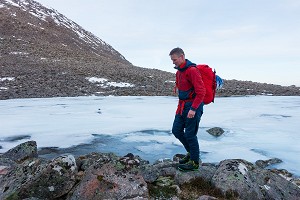
For at least the last several years the trend seems to have been to put a hood on everything. While individually these can be useful, the result when you're layered up is excess bulk and more hoods than you can sensibly employ. I've probably moaned about this dozens of times when reviewing midlayers in particular. Perhaps Jöttnar heeded the whinges of my fellow hood-sceptics, in releasing a version of their Asger, with a simple hoodless collar.
I reviewed the original hooded version of the Asger in 2019, and found a lot to like. The hood, however, was not one of its strong points. In the case of the Asger HS I'd say less is more. Since this is otherwise essentially a very similar product, please forgive me repeating my past self at various points in the review below.
The Asger and the Asger HS are lightweight lined softshells of the sort that have rightly become popular, combining a weather-resistant outer with a fluffy inner to give you something versatile that can function as either midlayer or outer, depending on conditions. Breathable (for its warmth) when you're on the move, yet warm (for its weight) when stationary, this is a great example of a wear-all-day softshell (or 'hybrid fleece', as Jöttnar term it).
Weight
At just 272g in size L the Asger HS is about 20g lighter than my old hooded version, and must be one of the lightest lined softshells on the market. It doesn't feel as warm or protective as something like the Mountain Equipment Kinesis, a model I'd consider a benchmark in this style of top, but in my size it's nearly 100g lighter, putting it into rather a different category. Weight wise it's more comparable with a very light hoodless insulated jacket I reviewed recently, the Rab Xenair Light. While the latter is warmer for the weight, the Asger HS feels like it wins on breathability, and also squashes down small for easy packing.
Fit
Jöttnar's range of women's clothing is a lot more limited than its offering to men, and sadly neither of the Asger models are available in a female fit.
As per the hooded Asger, the hoodless version has the close, athletic cut you'd probably expect in such a lightweight jacket. I'm fairly chunky for my height (though not massive), and tend to wear it directly over a base layer, while if extra warm layers are needed then I find they have to fit over rather than underneath. Thanks both to the cut and its thinness, the Asger HS is probably best considered a 2-season piece if worn as a jacket (those two seasons being summer and warmer spring/autumn weather); on the other hand its close cut makes it a good non-bulky midlayer in colder conditions.
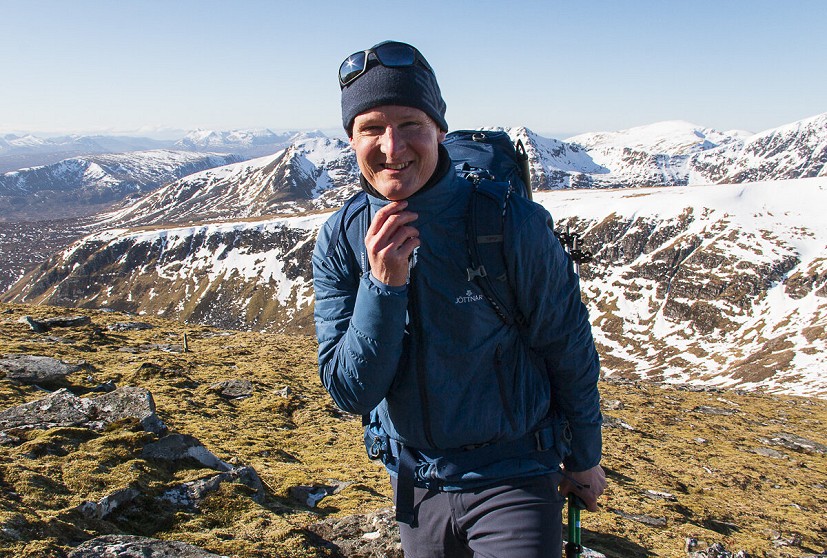
Everything I wrote in 2019 about the Asger's fit applies as well to the Asger HS, so I may as well paraphrase myself:
I'm 1.83m tall, and in terms of cut I find The Asger HS in size L a bit shorter in the body at the front than I'd ideally like - only a matter of a couple of centimetres, but when it comes to keeping out the weather, and staying tucked in under a harness, even a little extra length can go a long way. Users with a shorter trunk might not have the same issue, but I don't think mine is particularly long. A drop tail at the rear helps make up for this, and the jacket can almost cover your bum - a good thing on a cold, windy day.
While Jöttnar say the cut of the arms is articulated, I have to say that on me this doesn't work. I find there's insufficient room under the arms, so as soon as my arms go up then so too does the hem. The midriff is exposed, and if I'm wearing a harness then the jacket rides up out of it straight away. I find it a real hit when walking, but on me, for climbing, the Asger HS like its predecessor would be a miss. I'm sure not everyone would have the same problem, so if you're intending to climb in it then I'd advise you try it for yourself.
The simple stretch-bound cuffs are good, not uncomfortably tight on the wrist but close enough to keep out some weather while still being loose enough to fit easily over midweight gloves.
Fabric and inner
They may be only moderately warm and weather resistant, but the beauty of this sort of lighter lined softshell is that they offer just the right balance of insulation, weather protection, and breathability to make them highly versatile. For comfort on the go, the Asger HS is one of the best such jackets I've used.
On the outside it's a 20 denier micro-ripstop nylon. Light it may be, but it's still tough enough to stand up to long term mountain use - with the caveat that thanks to its cut I have rarely worn either of my Asgers for climbing or scrambling. Having used the Asger HS and its hooded stablemate on lots of windy Scottish hills (over several years, between them), I'd consider them fairly wind-resistant, and certainly sufficient for wearing as your top layer in more benign mountain conditions. But the outer is not completely impermeable, which would have compromised the jacket's breathability, so when there's a cold wind you do feel it. A DWR treatment means that light rain just beads up and runs off (at least while the jacket is still new); only in more determined rain or very high wind do I find myself reaching for a shell.
A Polartec Alpha inner provides the insulation. This fluffy fabric is a very light, open pile-like material that offers a lot of warmth for its minimal weight. Warm air is held in the spaces between each tuft of insulation, yet the low density means air and moisture can move freely through the fabric. Impressively quick drying and breathable, the insulation doesn't hold onto moisture when you work up a sweat, and I've found it really comfy when steaming up hills in conditions when I might have struggled to wear a fleece or other such jacket. Though the lofted fibres look rather delicate, in practise they seem to last well and I've not noticed any damaged or balding patches on old heavily-used Polartec Alpha garments in my gear stash.
In the Asger you get just 85g/m2 of Polartec Alpha. This is a pretty minimal weight of insulation, and while that makes it a great piece for active use, you wouldn't want to be stood around for long on a snowy, windy summit without adding extra layers. For a top of this nature I think Jöttnar have judged the fill weight well, since the main thing here is that you don't want to overheat on the move. That lightness and breathability means that you can put the Asger HS on at the start of the day and then just forget about it, adding or removing extra layers as needed but keeping the jacket on throughout.
Features
I liked the simplicity of the original Asger, and for me the Asger HS has it beat by doing away with the rather lacklustre hood, giving you a lovely stripped-back feel with no excess bulk when layering. The mid-height collar seems just right in a jacket this light, offering a little neck protection without making you feel stuffy; in colder weather you do need a Buff though.
The other features are shared by both models, so I'll quote my previous review again:
Two hand pockets are provided, sitting high so that they're compatible with a harness or a rucksack hip belt. They're small but adequate for a pair of thin gloves or (at a push) an OS map folded double. You don't get a chest pocket. I can see why not (pockets add bulk and potentially reduce breathability) but since this is where I might have carried my phone I'm in two minds about not having one. Neither of the hand pockets double as a stuff sack, and I think this is definitely an omission since the Asger (HS) is exactly the sort of light just-in-case jacket you might want to carry on a harness for multi pitch rock climbing.
The YKK Vislon zip is suitably chunky and robust. The cuffs, meanwhile, are pleasingly simple, with some light stretch but no adjustment tab. It's worth noting that on the inside of the cuffs the Polartec Alpha fill is covered by a layer of that nylon outer fabric, which helps keep the insulation dry where it might be most likely to get damp - a thoughtful detail. Another is the one-handed hem drawcords, which don't form a loop and so are less likely to snag or get accidentally clipped into gear.
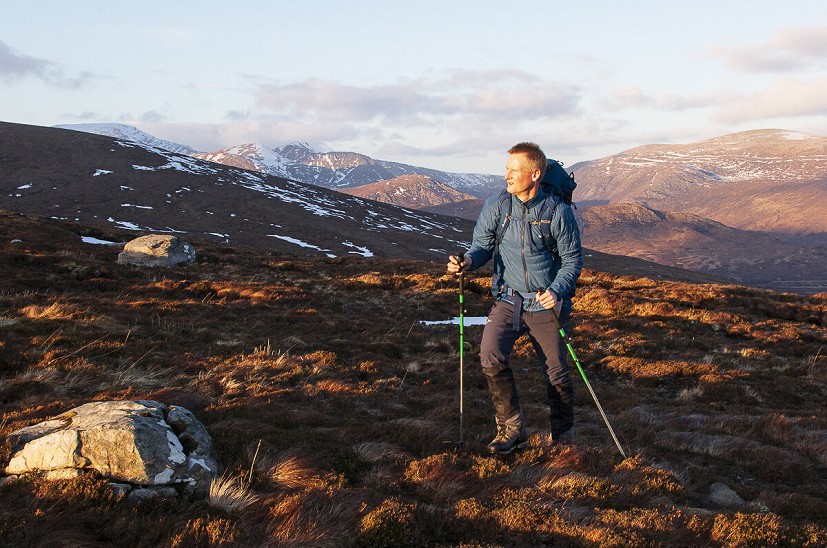
Summary
The combination of Polartec Alpha inner and weather-resistant nylon shell gives you a versatile lightweight top that works equally well as an outer layer when you're working hard in changeable weather, or as a midlayer under a waterproof in colder or more hostile conditions. Comfy, warm for its minimal weight, quick drying, and breathable on the move, the Asger HS is ideal for active use, a layer you can put on, wear all day, and simply forget.
It's not cheap for the minimalist jacket you're getting, and on me the short body and hem lift compromise its use for climbing or scrambling, but for hillwalking or even running in cold winter weather it's a bit of a winner.
Jöttnar say:
A collared version of our popular Asger for those who prefer the versatility and weight saving of hoodless gear.
A technically sophisticated jacket for high output activity. A windproof, water repellent outer and a Polartec® Alpha® inner perfectly balance warmth and breathability, especially when moving.



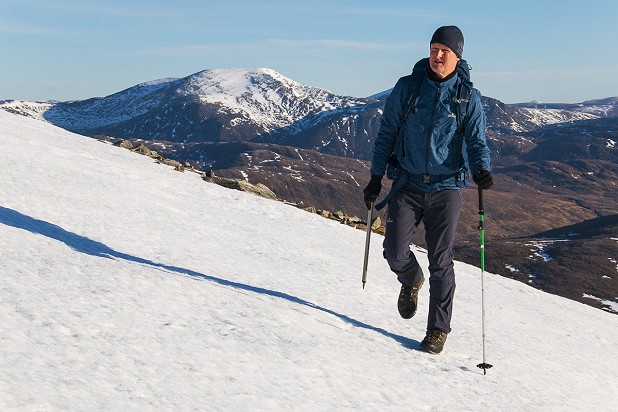
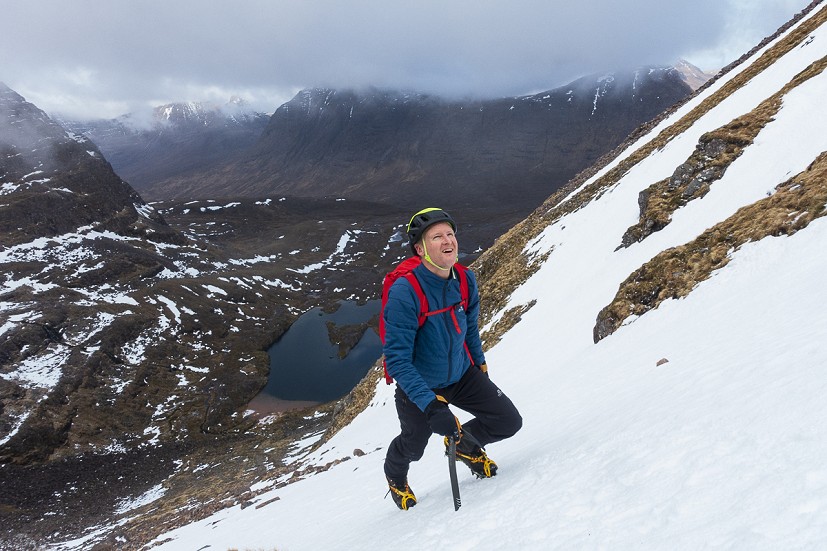
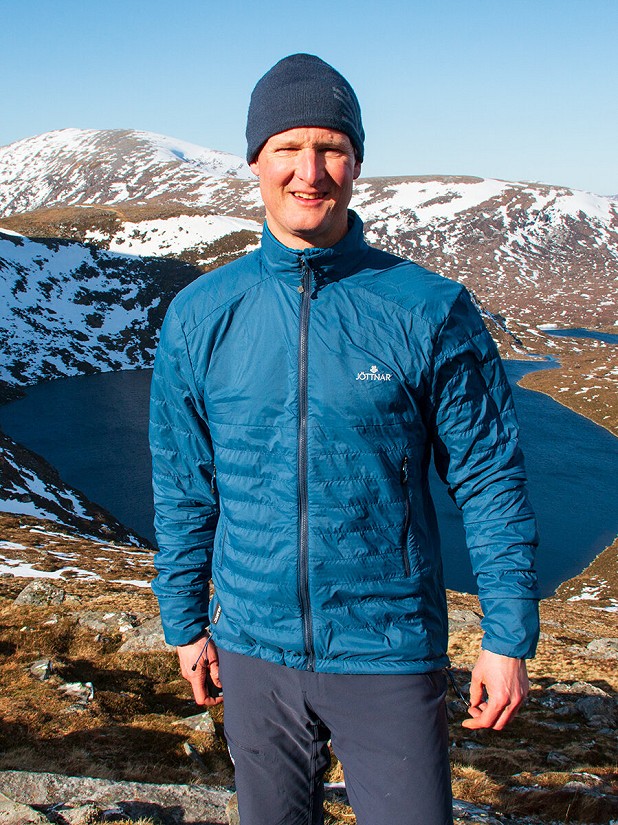
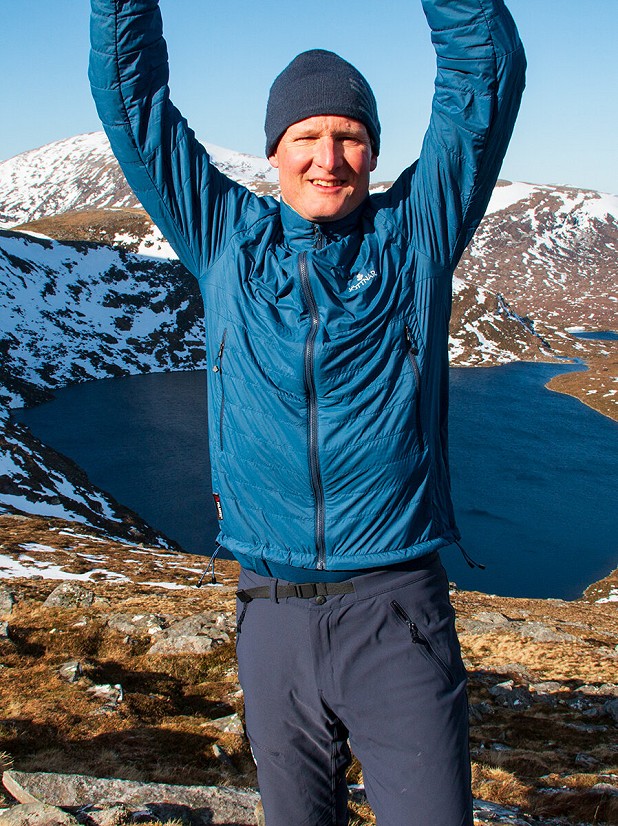
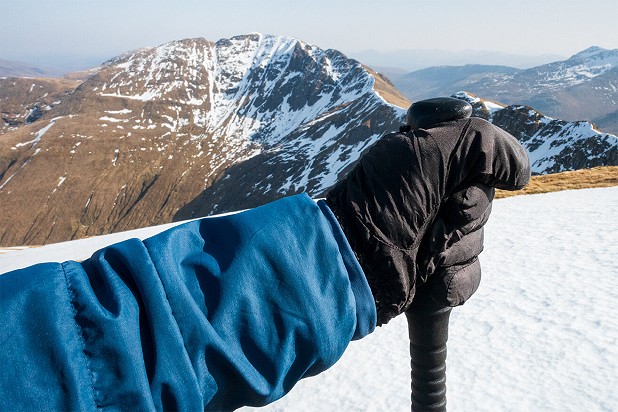

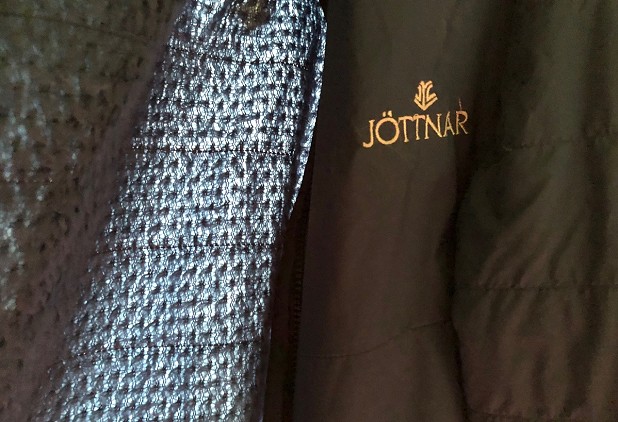
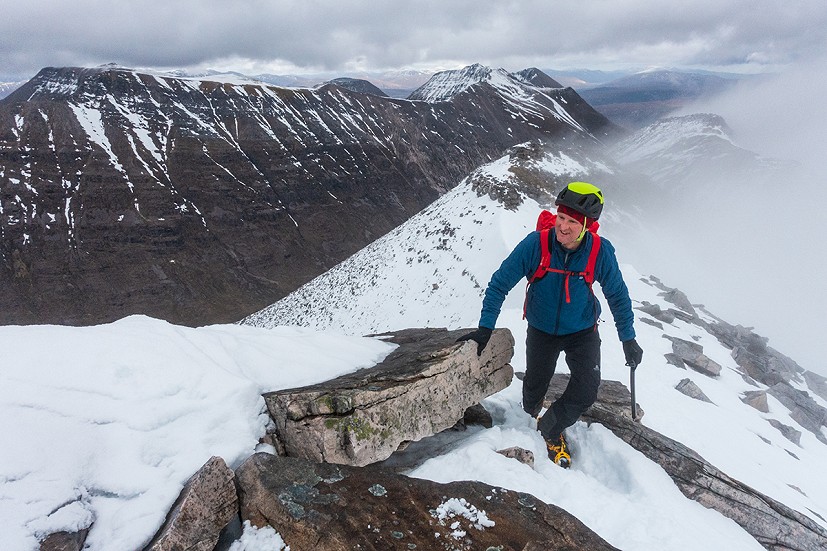
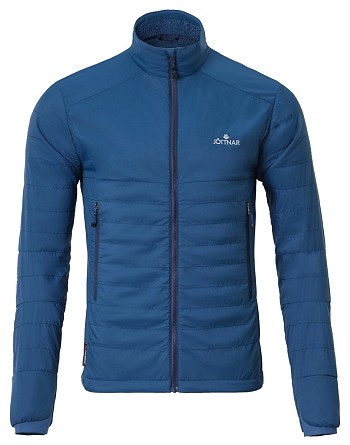

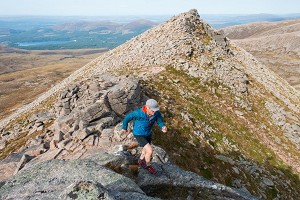
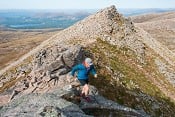



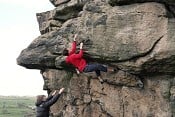

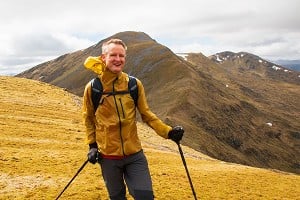
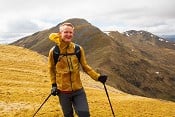

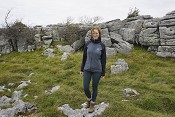

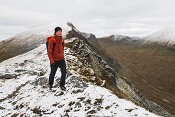


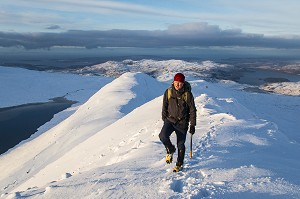
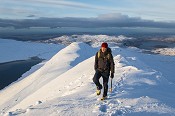
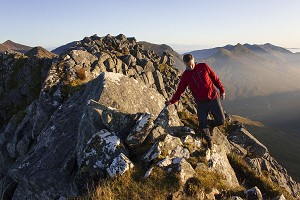
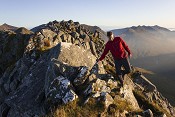
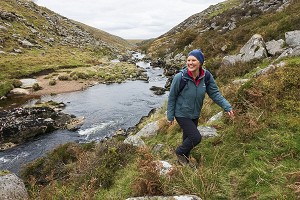
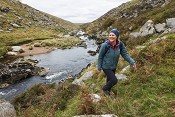
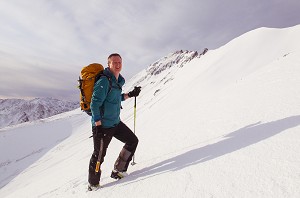
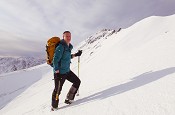
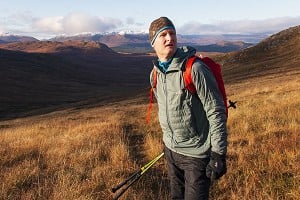

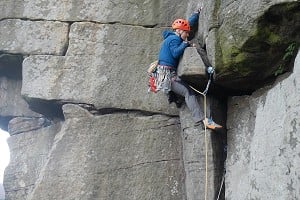
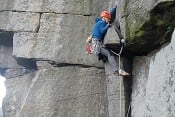
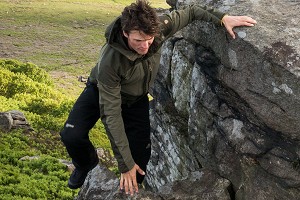
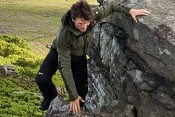
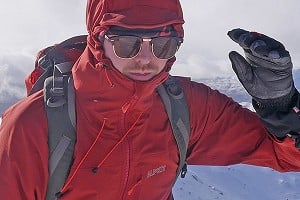

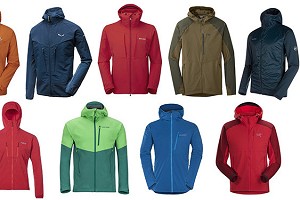
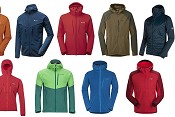
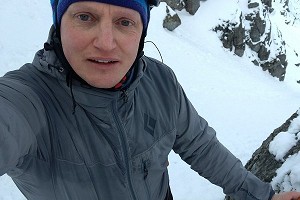



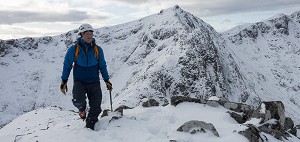

Comments
Seemed that everyone and their dogs were making polartech Alpha jackets a few years back but then many seemingly stopped.
Probably because for most people's use it didn't make much difference. Also, some of the early iterations had durability issues, pilled and lost fibre.
While Buffalo and a few other things claim to be the original softshell, the garment that kicked it all off to start the softshell market boom in the 90-00s was the Cloudveil jacket made of Schoeller. It had no hood.
I still have my Cloudveil jacket, love the thing.
I was reading it wandering why it was £175 and then read this in the Jottnar text:
“Developed for Special Forces”…
Genuine question: What’s the environmental side of Jottnar? I kind of expect my expensive kit to tick the enviro etc box but don’t know much about Jottnar in this sense.
That's Polartec Alpha specifically, and it was. They made a big thing of it when it first came out I remember. Checking back I mentioned it in my first (and rather sceptical) review of something made of Alpha http://lightfromthenorth.blogspot.com/2014/02/marmot-isotherm-hoodypolartec-alpha.html
Can't remember where I was reading it recently, but someone was saying that the US military were quite unbelievably behind the times on cold weather clothing. They were treating layering as some amazing new concept relatively recently! I wonder if Alpha actually was deemed a success or not in military circles?